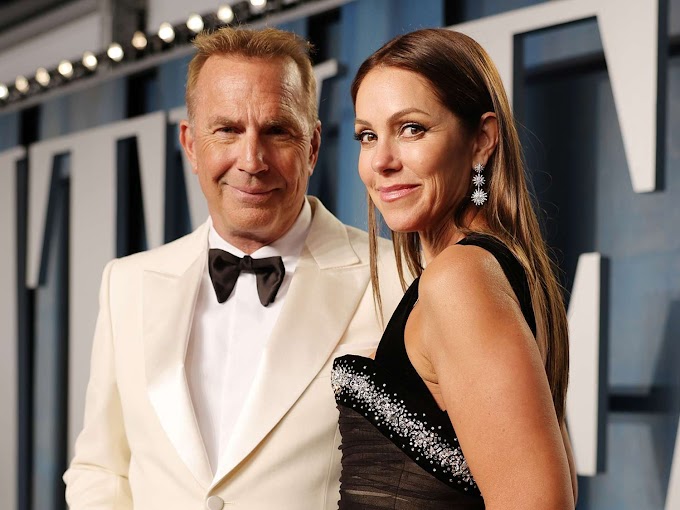In the early days of Hollywood, when silent films dominated the silver screen, the world witnessed the emergence of the first true heartthrob—Rudolph Valentino. Born Rodolfo Alfonso Raffaello Pierre Filibert Guglielmi di Valentina d'Antonguella in Italy in 1895, Valentino would rise to become one of the most iconic romantic figures in cinematic history, setting the standard for the "leading man" persona in Hollywood. His magnetic appeal and undeniable charisma captured the hearts of millions, making him a cultural phenomenon whose legacy endures to this day.
Valentino's journey to stardom was anything but ordinary. He immigrated to the United States in 1913, initially struggling to find his place in the workforce. After a stint as a taxi dancer and nightclub performer in New York City, his striking looks and graceful dance moves caught the attention of Hollywood filmmakers. He began his acting career in small, uncredited roles in silent films, but his breakthrough came in 1921 when he starred as Julio in **"The Four Horsemen of the Apocalypse."** This film showcased his smoldering good looks and sensual charm, particularly in a famous tango scene that left audiences swooning.
With this role, Valentino became an overnight sensation, propelling him into the spotlight as Hollywood's first heartthrob. His on-screen presence exuded passion and sophistication, making him irresistible to female audiences and setting him apart from other actors of the time.
What solidified Valentino's status as a heartthrob was his portrayal of passionate and exotic characters, which earned him the nickname "The Latin Lover." Films such as **"The Sheik"** (1921) and its sequel **"The Son of the Sheik"** (1926) cemented his image as the ultimate romantic hero. His portrayal of Sheikh Ahmed in these films became legendary, presenting an idealized vision of masculinity that combined mystery, strength, and vulnerability. Women in theaters fainted at the sight of Valentino, while men envied his ability to captivate audiences with such ease.
Valentino's appeal extended far beyond his physical attractiveness. He represented a new kind of masculinity, one that was both tender and commanding. His expressive face and intense performances communicated deep emotion, even without spoken dialogue, which was crucial in the era of silent films.
Valentino's reign as Hollywood’s first heartthrob was cut tragically short. In 1926, at just 31 years old, he died suddenly from complications following surgery for a perforated ulcer. His untimely death sent shockwaves across the world. Thousands of fans attended his funeral, and there were even reports of women committing suicide out of despair. Valentino's death only served to enhance his legacy, as he became immortalized as a symbol of romance and unattainable desire.
Even nearly a century later, Rudolph Valentino’s influence can still be felt. He set the template for the leading men who would follow, from Clark Gable to Marlon Brando, and helped define the allure of Hollywood stardom. As the first actor to captivate global audiences with his on-screen magnetism, Valentino paved the way for future heartthrobs and remains a defining figure in film history.




